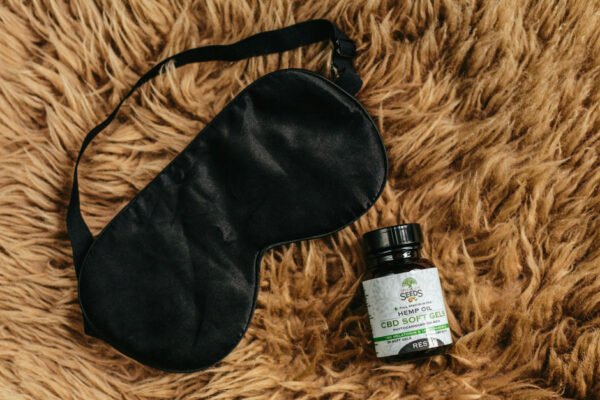3 Common Lawn Diseases and How to Treat Them

Many homeowners take great delight in having a lush, green lawn, but keeping such a spotless yard may be difficult. The frequency of lawn illnesses is one of the main challenges to having a flawless lawn. If these diseases are not properly detected and treated, they may quickly convert a once-healthy grass into a spotty, brown mess. Three common lawn diseases—Brown Patch, Dollar Spot, and Rust—will be covered in this article, along with thorough instructions on how to recognize and cure each one to bring your grass back to its former splendor.
Brown Patch
The fungus Rhizoctonia solani is the source of the common lawn ailment known as “brown patch.” It mostly affects cool-season grasses, especially in warm, humid weather, such as tall fescue, perennial ryegrass, and Kentucky bluegrass. Brown, circular areas of dead grass that vary in diameter from a few inches to several feet are the hallmark of the illness.
Finding the distinctive brown, circular patches that have a deeper, wetter appearance around the edges—often referred to as a “smoke ring”—is essential to identifying Brown Patch. In the early morning dew, the afflicted areas of grass will be thin and readily lifted from the ground, exposing rotten roots and white mycelium (fungal growth).
Enhance your lawn care techniques as a first step towards treating Brown Patch. To minimize extended leaf wetness, water your lawn early in the morning and steer clear of overhead irrigation in the evening. By keeping thatch accumulation at bay and cutting the grass at the right height, you can guarantee enough air circulation. Additionally, aerating your grass by hiring a lawn maintenance service helps lessen disease problems and enhance soil drainage. Apply a fungicide designated for Brown Patch management if the illness continues, being sure to follow the manufacturer’s directions carefully
Dollar Spot
Bentgrass, bluegrass, and bermudagrass are just a few of the typical lawn diseases that are afflicted by Dollar Spot, which is brought on by the fungus Clarireedia Jackson. The tiny, silver-dollar-sized patches of dead grass it produces are how it gets its name. If ignored, these spots can combine to form bigger patches that can severely harm the lawn’s beauty.
Typically, Dollar Spot appears as 1–2-inch diameter, round, straw-colored patches that are roughly the size of a silver dollar. The grass blades will exhibit tan lesions with reddish-brown edges upon closer inspection. The blade frequently dies back from the tip because of these lesions, which frequently span its whole width. High humidity and temperatures between 60- and 85 degrees Fahrenheit are ideal for the disease’s growth, especially in the presence of dew.
Dollar Spot treatment includes several pharmacological and cultural techniques. As lawns that are nitrogen-deficient are more prone to this illness, start by making sure your grass is getting enough nitrogen. Establish a regimen of balanced fertilization to encourage robust development. To let the grass dry out during the day, water your lawn deeply but sparingly—ideally first thing in the morning. To stop the transmission of fungal spores, mow your lawn often at the height advised by your type of grass and gather clippings if the illness is active.
Rust
Puccinia and Uromyces are two of the many species of rust fungus that produce rust, a frequent disease of lawns. Tall fescue, perennial ryegrass, and Kentucky bluegrass are among the cool-season grasses that are most affected. The characteristic orange or rust-colored spores that grow on grass blades and give the lawn an orange, dusty look when disturbed are what define rust.
Look for tiny, yellowish-orange to reddish-brown bumps on the stems and blades of grass to identify rust. These bumps break, releasing a rust-colored, powdery spore that readily rubs off on hands, shoes, and lawnmower equipment. Rust-affected lawns may look weak and flimsy, and severe infections may cause the grass to die back and become yellow.
Enhance the general health and vitality of your grass before applying any Rust treatments. To encourage robust growth, make sure your grass is getting enough sunlight, water, and nutrients. For constant nourishment, apply a slow-release, balanced fertilizer. To stop the spread of spores, mow often at the proper height and eliminate clippings while the infection is active. To reduce leaf moisture, water deeply but sparingly, concentrating on early morning irrigation.
Conclusion
Vigilance and appropriate maintenance are necessary to maintain a beautiful, healthy lawn, particularly when it comes to controlling common lawn diseases like rust, dollar spots, and brown patches. Understanding these illnesses’ telltale signs and symptoms and putting the right treatment plans in place can help you save your lawn from serious harm and maintain its finest appearance. Proper watering, mowing, fertilizer, and aeration are just a few of the routine lawn care techniques that are essential to halting the spread of disease and fostering general lawn health. You may enjoy a lush, green lawn free from the harmful effects of common lawn illnesses by using these recommendations and taking a proactive approach.



